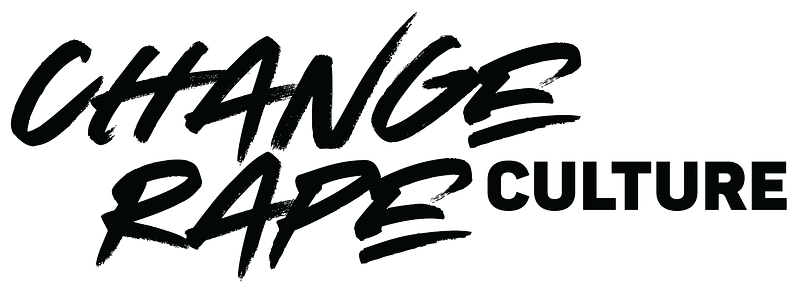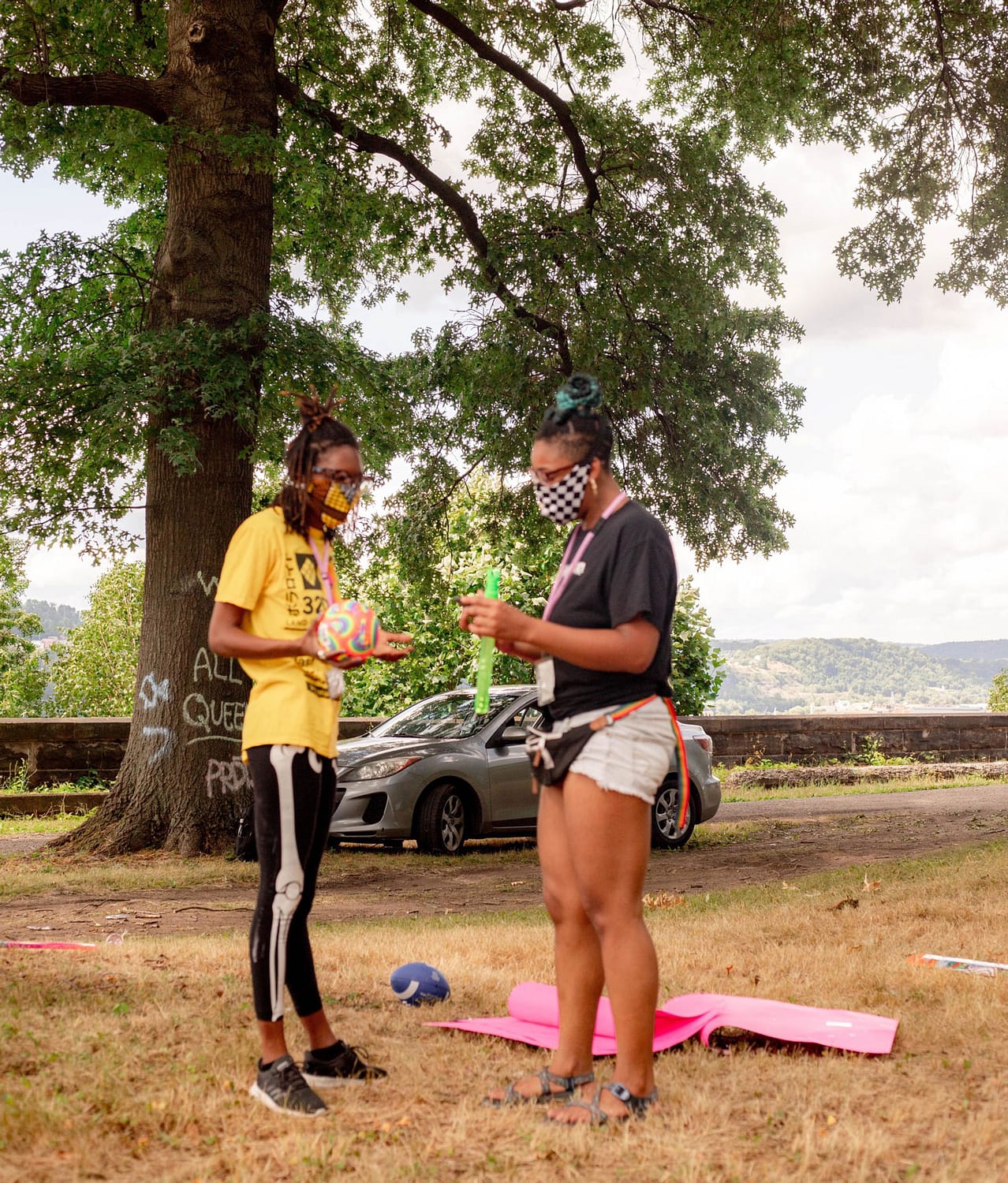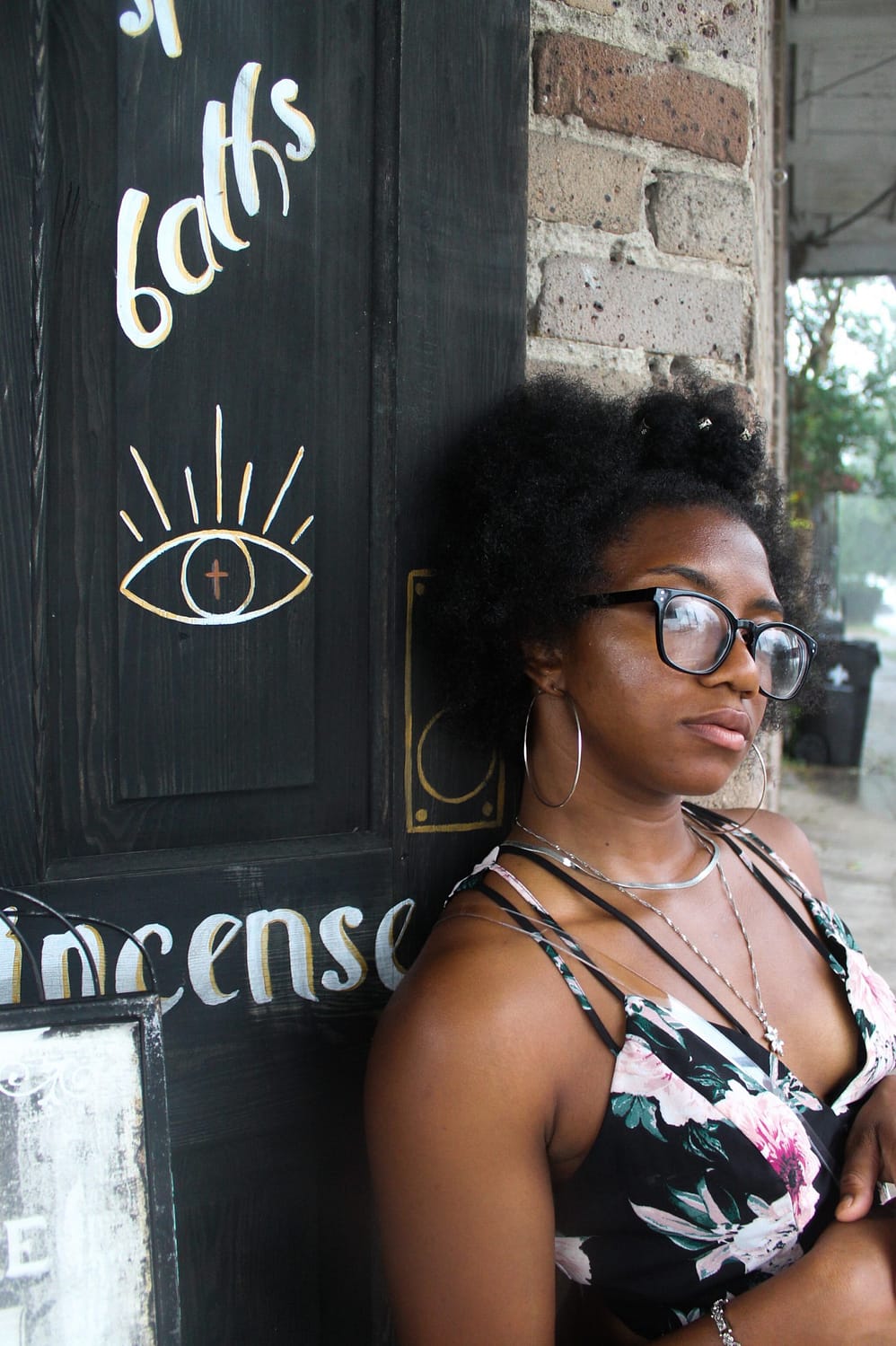Preface
We had reached a turning point. Continue to grow or archive what we’ve done. Kimiya was finishing her last year of undergrad and I was starting my PhD program. The momentum that #ChangeRapeCulture had grown in just one year, creating an IG page, a few mini documentaries, and a handful of media appearances. Our university was in the works of deconstructing the Title IX office. We had a huge following of survivors on and off campus. It was miraculous. Regardless of the success of our movement, Kimiiya and I could not escape the cycle of violence that is abuse. Several of our key familial relationships began to deteriorate. We both were running low on energy and capacity. Despite the circumstances we decided to see where “#CRC goes for the year.” If we tire ourselves out it will just dissolve but what if we really try to grow our movement? What could happen next?
Chapter 1: Cornrows
Before a protective style can be worn, a foundation must be set. Similar to other black folks who prioritize their hair, the attention to detail and specific measures taken in order to protect the hair varies from head to head. However, the idea of wearing a ‘protective style’ is almost synonymous with Black experience across the globe. The idea is to protect all hair growth already made while encouraging more growth. The hair is braided down into cornrows after being saturated with products that keep its shine, encourage growth and repair frayed or damaged hair. The scalp is then revealed giving the person the flexibility to receive moisture and have the moisture sealed. This process is repeated throughout the hair’s duration in this protective style. While in this protected style the wearer can now experiment with hairstyles while keeping their braids in. After a whirlwind of a year filled with threats, media coverage, on-campus drama, and vacuous emails from university administrators #ChangeRapeCulture needed a protective style. We started this movement with all guns ablazing. We had been wearing our hair out all year and our ends started looking bad. We deprioritized our own health for the sake of keeping up momentum and our cracks were beginning to show. When folks would ask us what we did or who we were we no longer felt right saying we were ‘just a student movement.’ Our words and ideas had long stretched past our university. We had been asked to speak at conferences in California, Texas, Pennsylvania, and Louisiana. #CRC had made appearances on CNN, in newspapers across the nation, and our email was flooded with other survivors wanting to connect. After a year, we finally felt like now we can breathe. Assess. Decide if this was actually what we wanted to do.
After a few weeks of rest and deliberation we each decided to move forward in making #CRC a 501c3 organization. While we both detest the industrial complex that is nonprofit ism we knew we needed a way to secure more money for more survivors. We decided that #CRC was bigger than Kimiya and I. The world needs #ChangeRapeCulture whether we were a part of it or not. Queer and/or survivors of color need specifiic resources. They need to be prioritized in holistic care models. And they needed to continue to have their stories elevated. In 2020 we were going too attempt to put CRC‘s cornrows in. We wanted to spend 2020 achieving three goals:
1) Building programming for survivors by survivors
2) Protect our community from backlash and;
3) Spreading anti-rape culture rhetoric as far and wide as possible.
On February 6th we expanded our movement from the @changerapeculturetx page to our @chngerpecltre main page. That same day we re-launched our websites, social media pages, and announced our staff – Kimiya and I. Then we went to work. With the COVID-19 pandemic preventing us from hosting any in-person events we were forced to come up with new and innovative ways to empower queer and/or bipoc survivors. We hosted oniine art galleries, instagram live talks, created a sex worker resource page, started a chapter in Pittsburgh, hosted two drag shows for Black women, raised money for our 501c3 establishment, started the #OPENYOURPURSE mutual aid fundraiser, opened our #CRCAmbassadors youth group, started selling merchandise, and started our #SetYourselfFree support groups. In one year we had collaborated with 10 community partners to service survivors. And that was with just two employees. We ended 2020 utterly exhausted and with almost zero funding. We hadn’t received as many donations as we initially thought and ended up paying for a year’s worth of programming fully out of pocket. Despite taking so many months to raise money for our 501c3 formation we still fell short when needing to establish an LLC formation beforehand (which also costs money). Mixed with the racism of the banking system and IRS we were stuck on how to move forward. I was going hungry in Pittsburgh and lying to Kimiya about how expensive things were in order to keep everything maintained. My mental health began slipping and our programming was beginning to slip because of it. We were on such a roll. I didn’t want it to be because of me that we lost it all. Our cornrows were laid but we had not prepared our hair first. The style looked pristine from the outside, but a closer look at the scalp will show irritation and dryness. We would have to take out the braids and start again. This time we would stand on our values. This time would be different.
Chapter 2: THRIVE
During this time in 2021 I found myself going back to the writings that helped us establish our movement. I would read A Black Feminist Statement by the Combahee River Collective every day. Specifically the portion that denounces queenhood and martyrdom. I was tired of Kimya and I feeling like our experiences were singular and like our issues weren’t community issues. We came from the idea that we all must share in the suffering of survivors until we are all prioritizing creating a safer world for them. Systems are built and maintained by people. Two queer Black women screaming anti-rape culture rhetoric at folks is only one way too #ChangeRapeCulture – but not the only way. We were tired of having all of the responsibility fall to us and wanted to ensure that our programming would never be dependent on another human being again. #CRC is about community – until we had the team needed to sustain #CRC we were going to have to do less. We needed #CRC to run itself. 501c3 status or not. At the top of 2021, Kimiya and I met again and decided to work smarter and not harder. We were going to communicate more but work less. We were going to maintain the events we could and establish communicable ways to teach any and everyone how to host supportive events for survivors. The more folks that want to #ChangeRapeCulture the better! We began accepting volunteers who helped us table at events, helped us create relationships with the community, and encourage survivors to start regularly attending our online and in-person events. Next, we started to reach out to our community for new logos, new merch, new events, and new media to spread. We created mini instagram posts that promote anti-rape culture. We hosted events that directly served our survivors like resource fairs, balls, art exhibitions, healing circles, support groups, movie nights, and collaborative art therapy classes. We had continued to center our work around our survivors and through that we grew – exponentially. We have now expanded to 4 states: Texas, Ohio, Pennsylvania, and Louisiana. We are running programs through all of them with intentions of growing our programs there too. Our fiscal sponsor, Hugh Lane Wellness Foundation, walked us through the process of acquiring the 501c3 and have offered us monetary and education support to finally achieve our status by the end of 2022. We have added a new community member, Coreen, into our New Orleans team. We now offer exclusive blog submissions to spread rhetoric from survivors about rape culture. We started making more of a social media presence on Twitter and TikTok. And we are finishing our formative documents to prepare us for our filing with the IRS. We look forward to hiring a financial advisor and grant writer who will allow us to rely less on our community for money and more on federal and state funding. Our future is still bright, with 4 months left of the year we have no plans on slowing down. We were surviving but now we work on thriving.



